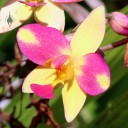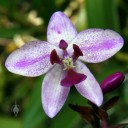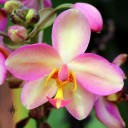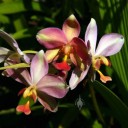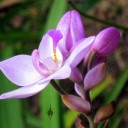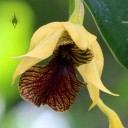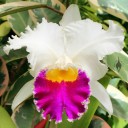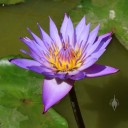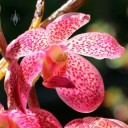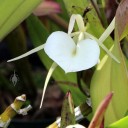What To Do After the Orchid Blooms Drop
Posted May 10th, 2013 by Marc CohenCategories: Fertilizing, Growing, In the News, Watering
Two recent news articles help demystify orchids. Wisconsin’s Journal Times and New York’s Chronogram magazine bring good news about basic orchid care. Both articles make the same point often made on this site: orchids are easy with a few key care points.
The Journal Times covers Phals, or Moth Orchids, the most common orchid sold today. “The blooms can last two to four months, and there are some that seem to be in bloom nearly all year.” Helpful Phal potting advice includes replacing moss with bark after blooms drop. Moss works great for the experts, but bark is much easier for beginners. “With a good quality orchid mix, bright light, fertilization and the right moisture, your orchid will bloom again in a few months. Enjoy.”
From the Hudson Valley of New York, Chronogram has a helpful article about orchid basics, looking closely at Phals, Catts, and Dendrobiums. “First-Orchid Confidence” begins with a common scenario: “You are gifted or impulsively buy your first orchid. A bit of panic sets in. They’re ethereal, celestial, and otherworldly, aren’t they? And therefore must be fussy as heck? Not so. … They just need consistent care that mimics the conditions of their native environment.” The article’s helpful info includes tips for water, light levels, humidity, and fertilizer. There are also sidebars for “Sourcing Orchids Responsibly” and “Orchid Fun Facts.”






